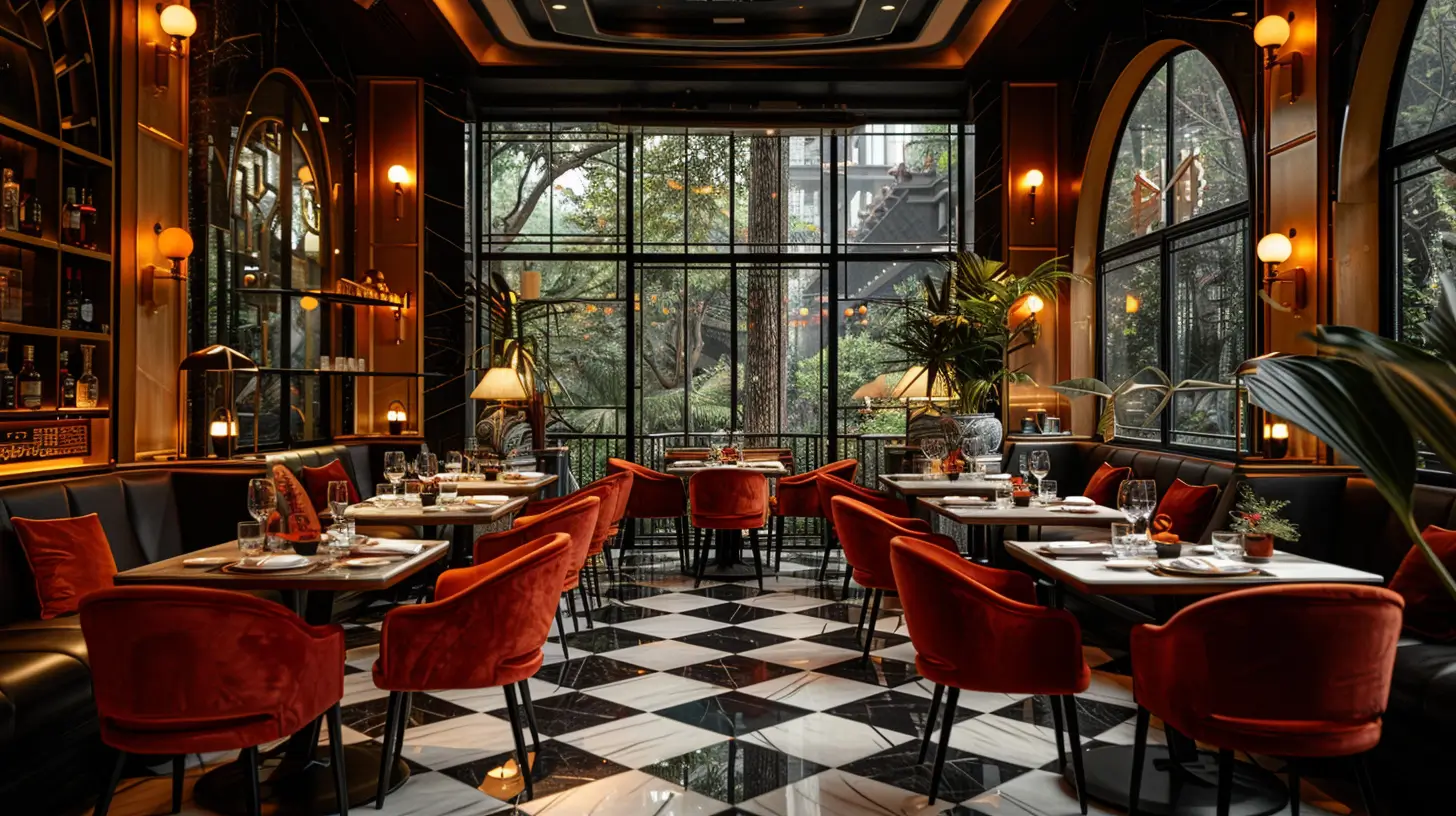September 30, 2025

Before the pandemic, fine dining was a theater of exclusivity. It was about star chefs, white tablecloths, and curated multi-course experiences designed to astonish. Then, in 2020, that world was shaken to its core. Restaurants shuttered overnight, chefs reinvented menus on the fly, and diners redefined what "luxury" meant.
As fine dining re-emerges, it is not returning to the old model unchanged. Instead, it is becoming a laboratory for resilience, sustainability, technology, and inclusivity. This transformation isn’t about survival alone — it’s about redefining what it means to dine well in a post-pandemic world.
This article explores how fine dining is evolving, with lessons from pandemic pivots, insights into consumer psychology, and connections to larger trends in food culture, labor, branding, and technology.
The pandemic exposed the fragility of the restaurant business model. High overhead, razor-thin margins, and reliance on in-person dining created a perfect storm. Michelin-starred institutions were forced to pivot in ways once unimaginable — offering takeout boxes, meal kits, and even virtual cooking classes.
What emerged was a shift in mindset: fine dining was no longer solely about the plate in front of you, but about the relationship between restaurant and guest, even beyond the dining room.
Post-pandemic diners are different. They seek:
Fine dining now exists on a spectrum: from haute cuisine temples to high-low hybrids where a Michelin-starred chef might serve fried chicken or ramen alongside tasting menus.
Technology adoption accelerated during the pandemic. What began as survival tools have become permanent fixtures in fine dining:
Far from diminishing hospitality, technology allows restaurants to extend it into new domains, blending tradition with innovation.
The costs of labor, ingredients, and energy have skyrocketed. Restaurants face a fundamental question: How much will guests pay for fine dining, and what do they expect in return?
For marketing insights into retaining loyal customers, see Retargeting Ads for Restaurants: How to Bring Customers Back.
The pandemic triggered a reckoning in hospitality labor. Many left the industry, unwilling to return to low wages, long hours, and minimal benefits. Fine dining now faces a talent shortage — but also an opportunity:
Fine dining’s future depends not just on dazzling plates, but on treating the people behind them as essential assets, not expendable labor.
Luxury is no longer defined solely by rarity or expense — it is increasingly about responsibility. Diners expect their fine dining experiences to align with global sustainability goals:
The pandemic gave diners a renewed appreciation for interconnected systems — making sustainability central to the fine dining brand.
While many fine dining restaurants have returned to dine-in focus, takeout will remain part of the equation. The way food travels has become a branding opportunity.
Innovative packaging reflects not only food quality but also environmental values. A luxury tasting menu that arrives in eco-friendly, beautifully designed packaging signals as much about the brand as the food itself.
For a deeper dive, see The Future of Takeout Packaging (and How It Ties to Branding).
Post-pandemic dining spaces are rethinking their role.
Fine dining design is shifting from intimidating formality to warm sophistication — immersive yet inviting.
The pandemic fractured global supply chains and shifted culinary attention inward. Fine dining now celebrates hyper-locality — indigenous ingredients, regional traditions, and cultural authenticity.
At the same time, digital platforms allow chefs to share global inspiration, creating hybrid cuisines that respect tradition while innovating boldly. Fine dining is becoming both more local and more global, with storytelling as the bridge.
By 2030, fine dining could look radically different — yet deeply familiar:
Fine dining will survive not by clinging to old hierarchies but by evolving into a responsive, ethical, and imaginative industry.
The pandemic forced fine dining to strip itself down to essentials: people, food, and connection. What emerged is not the end of luxury dining but its rebirth.
Tomorrow’s fine dining is about more than a meal. It is about experience, values, and storytelling. It is about reminding us that even in crisis, food connects us to culture, creativity, and community.
Fine dining may look different, but its core promise remains the same: to nourish not just the body, but the imagination.
Stay inspired with our latest deep dives into the dining world. From choosing the perfect restaurant for life’s milestones to deciding between a night out or cozying up with takeout, each article offers humanized insights, practical tips, and stories that celebrate the joy of food and hospitality. Explore what’s new and discover guides that make every dining decision more meaningful.